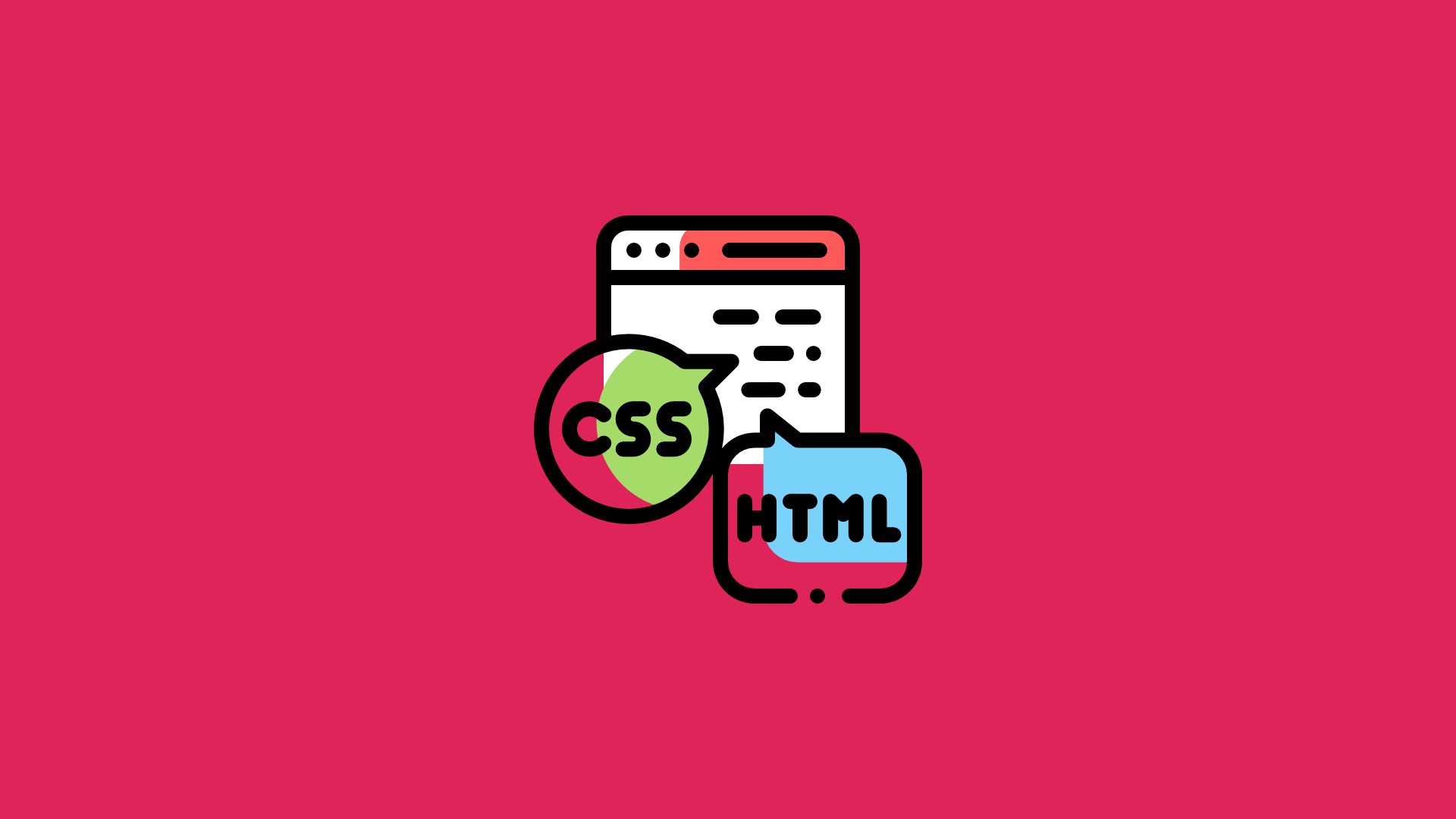Converting Design Wireframes to HTML/CSS
Feb 07, 2022 10871 seen
Responsive HTML Wireframe
When designing user interfaces, accessibility is usually the last thing on a designer's mind. Designers must incorporate accessibility into their workflow, whether it is usability testing, prototyping, using an accessible pattern library, or simply annotating wireframes. Overlooking accessibility considerations during the design phase can have a significant impact on your website or application's users.
-
Converting a wireframe to HTML may add time to your process from the start of wireframing to the point of client approval. However, because static wireframes frequently leave a lot of stones unturned, it may well reduce additional communication and work after your wireframes are approved. Furthermore, as you begin wireframing for an increasing number of screen sizes and interaction types, you'll likely discover the need for either more wireframes or additional annotation, which can quickly become overwhelming. The goal of wireframing isn't just to maximize speed.
-
Thinking in HTML and CSS. This is one of the more common misconceptions about what many refer to as 'designing in the browser.' Though the client deliverable has become responsive HTML wireframes, sketching is a part of the process.
-
The good news is that you don't have to be Ethan Marcotte to make responsive HTML wireframes. There are a number of frameworks available that provide useful, reusable code, allowing you to start piecing together components and layouts that suit your ideas and sketches.
The Framework
Now that I've persuaded you to try your hand at HTML wireframing on your next project, let's talk about frameworks. Frameworks typically include an integrated grid system, base styles, and pre-made, reusable components (navigation, slideshows, and so on). They also provide a community of helpful people as a result of their widespread use of documentation, and they have been pre-tested in various browsers. There are several frameworks available, each with advantages and disadvantages. Here are a few examples:
-
Bootstrap
-
Foundation
-
Wirefy
-
Skeleton
Usability Testing
Usability testing is an important stage in the design phase. It is a UX research methodology in which a researcher has a user perform a series of tasks and analyzes their behavior. Usability testing data is critical for shaping digital user experiences. This testing with users with disabilities is critical because it gives your team an idea of how easily these users will interact with the content they are creating. If you conduct usability testing on an existing system, you will be able to set up a very realistic scenario for the participant, which is ideal for users who rely on various assistive technologies.
If you are conducting usability testing on a new system, be prepared to deal with accessibility issues related to design software output. The interactive prototypes generated by these tools are frequently vastly different from the final product in a browser or on an operating system platform. Furthermore, these "functional prototypes" are typically extremely difficult to obtain. Find a close alternative in the wild that you can use in place of your prototype to get a good idea of how your participants will interact with your system. For example, if you're creating a new mobile navigation component, look for an existing one on the Internet and use it for usability testing. Determine what worked well in this alternative and what could be improved. In any case, always be prepared to make accommodations for usability testing participants with disabilities. Making sure the tests run smoothly and without hiccups will make your participants happy and allow you to complete more testing in less time.
High-fidelity Static Wireframes Problems
-
They're merely abstractions – High-fidelity wireframes are massive, illogical abstractions. They have a fixed width, lack interactivity, and kill trees. Generating mountains of full-blown PSD comps no longer makes sense, and I'd argue that spending a lot of time generating a bunch of fixed-width, non-interactive wireframes doesn't either.
-
They’re full of assumptions – High-fidelity wireframes make numerous assumptions about layout, aesthetic design, source order, and other factors. In my experience, the people creating these wireframes do not have a background in front-end or visual design, so these documents end up restricting the design and technical possibilities.
-
They’re verbose – This isn't always the case, but I've worked on a number of projects where high-fidelity wireframes were overly detailed and explained things that should have been demonstrated. The annotations resembled book chapters.
Conclusion
Wireframing is an essential step in the screen design process. It primarily allows you to define your design's information hierarchy, making it easier to plan the layout based on how you want your user to process the information. It's time to get your feet wet with wireframing if you haven't already.
Converting Wireframe to HTML conversion is a phenomenon that has received generally positive feedback, and there are numerous reasons for this. The best part is that the wireframe to HTML conversion is simple to understand, and it also makes it easier for developers to create the perfect apps. When it comes to app development, there are no issues. This is due to the fact that the HTML code is flawlessly written and ensures that the developers follow the overall process with ease and perfection. The other wireframes, regardless of type, are all static. The developer always has a headache no matter what the frame has to present.


